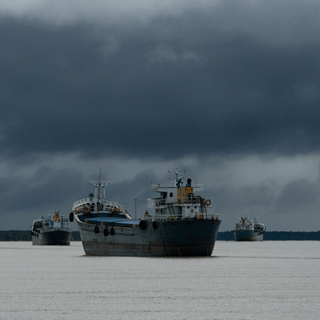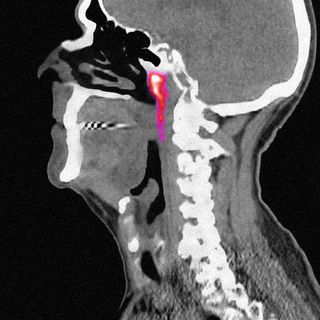Off the East Siberian coast in the Arctic, a Russian team of scientists has observed a possibly disastrous new mechanism that can further the climate crisis: the thawing and release of frozen methane due to warming in the Arctic.
Methane has a global warming effect 80 times stronger (over 20 years) than carbon dioxide.
Methane is a particularly potent greenhouse gas that is stored in the form of hydrates in the Arctic. Hydrates form when one molecule, such as water, forms a frozen, cage-like structure to enclose another molecule, such as methane. They are typically found in hard-to-reach areas of high pressure and low temperature. The hydrate cage can be compromised by warming temperatures — Arctic temperatures are rising twice as fast as temperatures in the rest of the world — triggering the release of large amounts of methane into the atmosphere.
Frozen methane deposits have been called the “sleeping giants of the carbon cycle,” considered to be one of four most serious ways climate change can take an abrupt, severe turn for the worse. The current observation — of bubbles rising to the surface from sediment, and of methane levels in the ocean 400 times higher than expected — is a preliminary finding that has yet to be fully analyzed by scientists.
“At this moment, there is unlikely to be any major impact on global warming, but the point is that this process has now been triggered. This East Siberian slope methane hydrate system has been perturbed and the process will be ongoing,” Swedish scientist Örjan Gustafsson, of Stockholm University, a member of the team that observed uncharacteristically high levels of methane in the Arctic, told The Guardian.
Related on The Swaddle:
Siberia Is Having a Record‑Breaking Heatwave, and Its Consequences Are Dangerous
The bursting of this methane hydrate ‘bomb,’ and its supposedly disastrous consequences, however, have long been in controversy within the climate science community. Responding to the latest observation, for example, climatologist and director at NASA’s Goddard Institute for Space Studies, Gavin Schmidt, tweeted that he found the story “unconvincing,” stating the Arctic has been warmer in the past than it is now, and there’s no evidence of the methane hydrates suddenly exploding then. Schmidt has responded with similar skepticism to observations of frozen methane release in the past, stating they “come from one-off surveys and poorly calibrated remote sensing.”
In the end, dramatic methane release from the Arctic is possible, but may not be likely immediately, scientists warn. Either way, the effect of it all, at least, remains to be seen.




